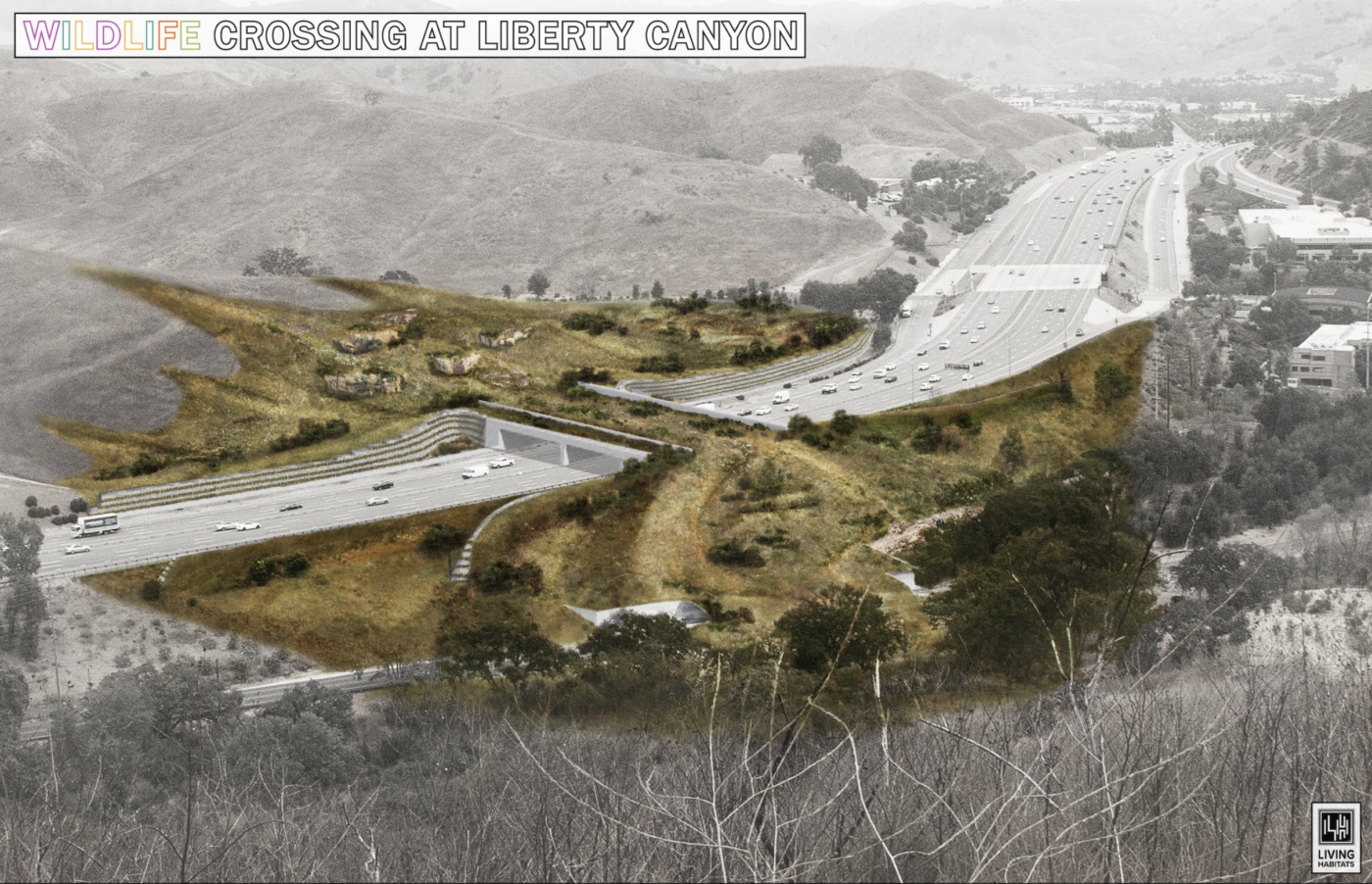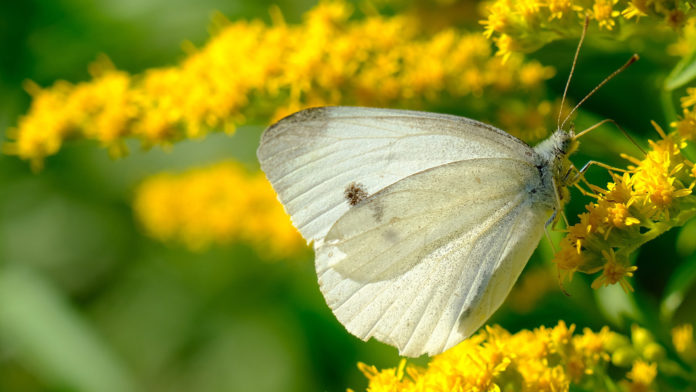When designer Nina-Marie Lister was ordered by the City of Toronto to cut her lawn, she said no. She wasn’t shirking her civic duties as a homeowner, she was growing herself a meadow. And even though the order was reversed a few weeks later, for a year she fought the bylaw behind it so other homeowners could do the same without the red tape. And she won.
Lister’s yard is now home to a hundred species of perennial plants and shrubs that are native to the city, attracting pollinating insects, bees, butterflies, moths, birds and mammals. It’s a thriving natural garden.
Natural gardens were meant to be granted an exemption to the long grass and weed bylaw that was the basis for the City’s order in the first place, but the law was vague and lumped unspecified plants together based only on their size to determine whether they should be cut. With everything we know about the ecological benefits of letting native plants grow, she felt the bylaw itself was outdated and placed too much onus on homeowners to advocate for their own urban meadows.
Lister — Graduate Director of the School of Urban and Regional Planning at X University — harnessed the research power of her students at the Ecological Design Lab, played an advisory role with the City of Toronto, and partnered with local NGOs. That advocacy led to 2021 revisions to the City’s bylaw to unambiguously allow natural gardens on private lands. This is now a way for urban citizens to connect with local biodiversity in the spaces where they live.
This is just one of the many accomplishments that landed Lister the 2021 Margolese National Design for Living Prize.
Her designs integrate nature into the built environment, making our cities more climate resilient and encouraging biodiversity. Her leadership led to the launch of ARC Solutions, fostering interdisciplinary partnerships that introduced the concept of wildlife crossing infrastructure: overpasses that often look like parks and connect landscapes divided by human highways, allowing animals and people to safely access both sides.
These crossings required novel concepts and materials that combined knowledge from diverse fields, including architecture, engineering, transportation planning, ecology, and art. Lister is a driving force behind the Safe Passages project, which is a federally-funded multi-year international grant that will fund the construction of these structures across North America.
The team contributed to the design process for what will be the world’s largest wildlife bridge in Los Angeles at Liberty Canyon. The structure will allow endangered California Mountain Lions and other at-risk species to cross a 10-lane highway. The project is scheduled to break ground in December 2021.

Blending nature into our cities makes them more resilient to climate change and biodiversity loss, but the current default is to exclude habitats for other species. Changing this will take bold ideas and initiatives. With all the benefits and simple joys of being closer to nature, hopefully society can be persuaded to give up more plots of manicured lawns and other exclusionary habits to make it happen.





































